|

Welcome to page three!
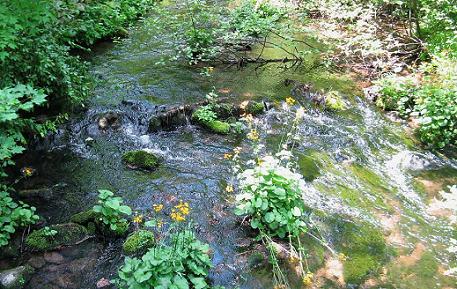
This is McMichaels Creek as seen from the Hypsy bridge.
Historically, this area was referred to as both "Pahqualine" and "Pahaqualia", which literally means "river passing between two mountains". In this case, Blue Mountain is to the South, and the Pocono range is to the North, and eventually all this water shown here ends up in the Delaware river.
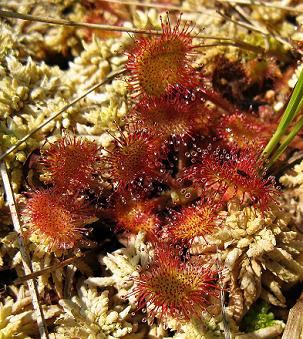
This little Sundew makes its home here in the Sphagnum Moss. Even though small wetlands are abundant in the area, this plant is not! Conditions must be perfect for them to survive - evenly-moist but never flooded, and they can't be allowed to dry-out, despite the full sun that beats down on them all day long, and with temperatures that can hit a hundred! Also they feed on insects, which get stuck in the sticky droplets on the leaves.
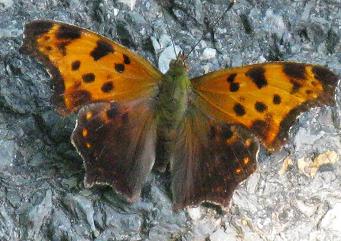
This Question Mark butterfly was drinking water from the road one morning after a light rain.
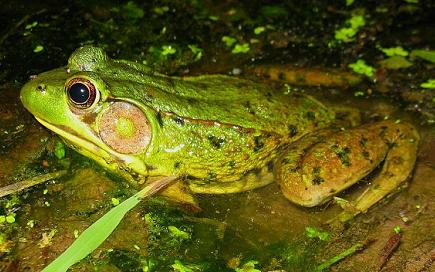
Again...... the old quarry/wetland near Brodheadsville is the place to go for frogs! Of the entire Pohoqualine area, this place is the BEST! This is a male Rana clamitans melanota.
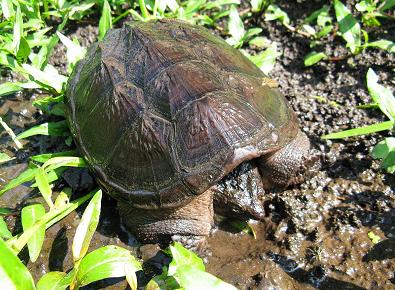
This is one of the few times I "interrupted" nature, when I found this small Snapping Turtle (Chlydra serpentina) in the murky water, and set it ashore to get its picture :-). Snapping Turtles seem to avoid the creek itself, and inhabit the nearby ponds instead - sometimes in great numbers!
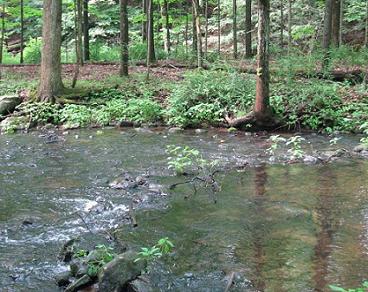
McMichaels creek near McMichaels. I didn't see any fishermen nearby, so I went to the creek and snapped this picture! The water is so clear the bottom can be seen along the whole length, and when I approach, the fish all spazz-out when the see me coming, and it always makes me wonder how trout fishermen can catch any fish! I'll stick to deeper, vegetation-filled, murky ponds and rivers, where the fish can't see me coming :-). When I come here, I have learned to avoid the creek totally, and occupy myself with the forests and fields! By the way, if you'd like this for your Desktop, please pick up your image HERE!
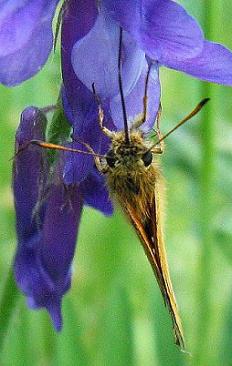
A closeup of a butterfly feeding!
This skipper feeds on nectar from an alfalfa blossom. A "skipper" is neither butterfly nor moth! It flies by day, and is more butterfly-like than mothlike, and is named by the way it skips along as it flies, sometimes closing its wings completely in flight.

|